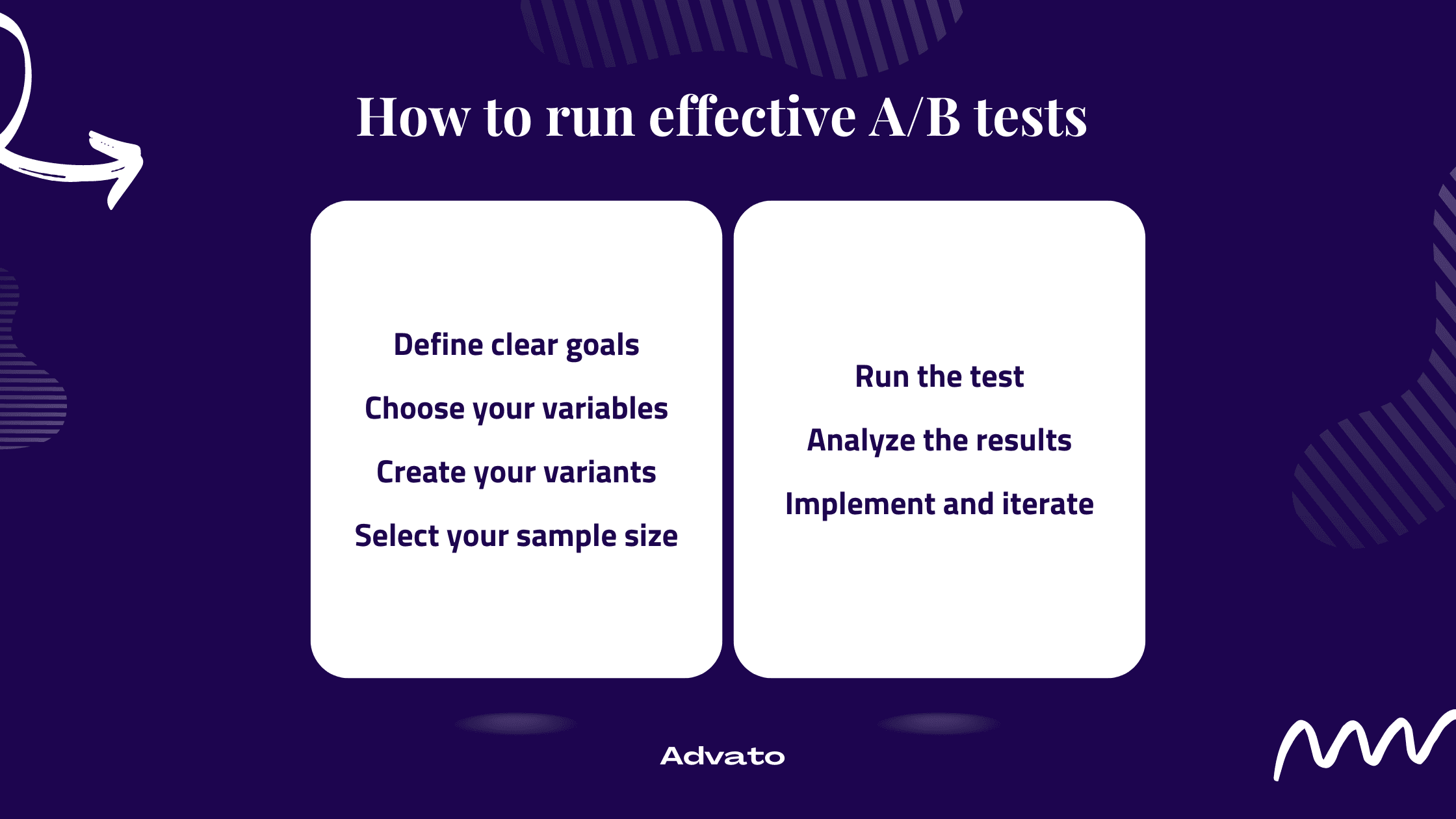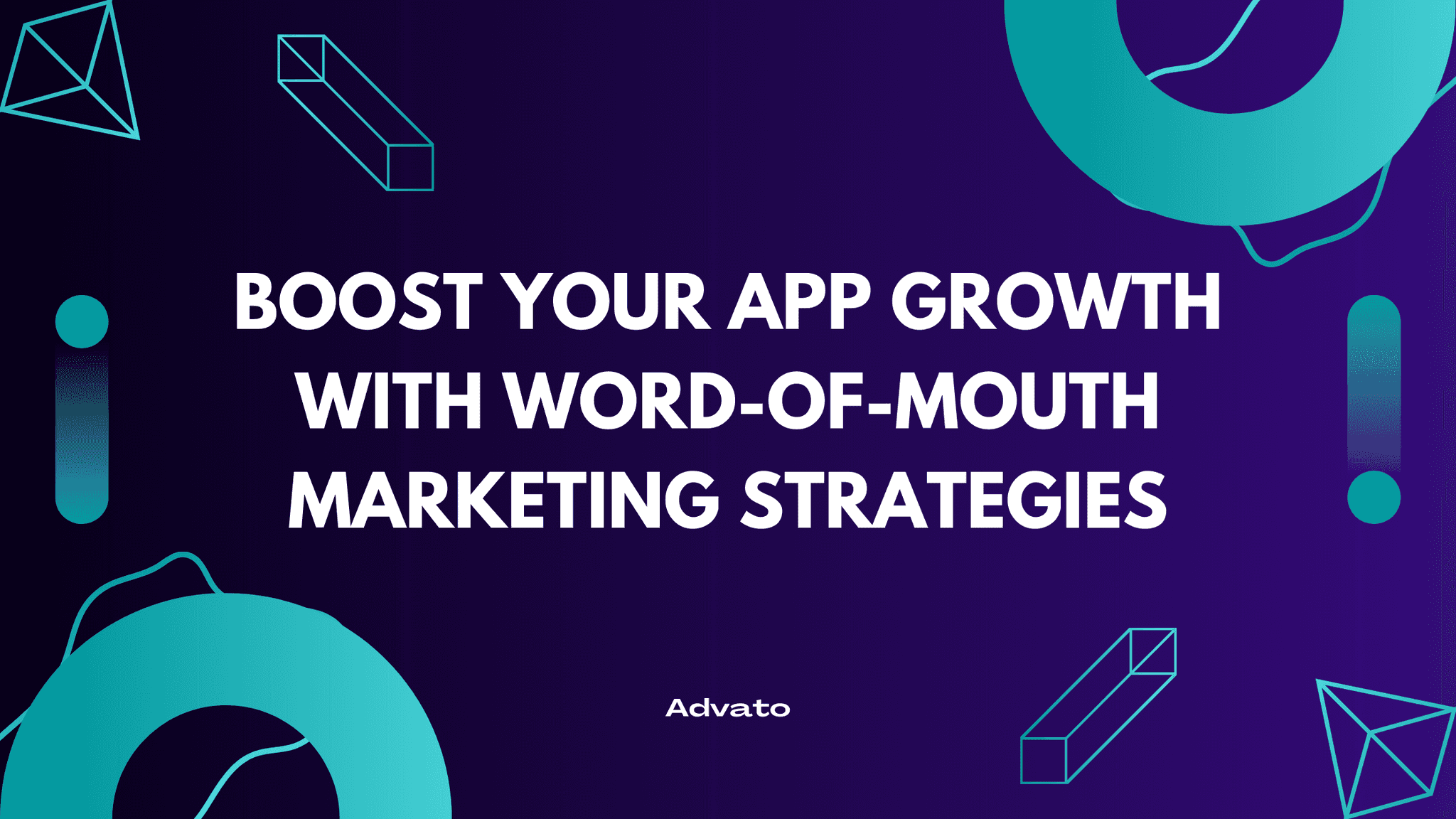Sep 18, 2024
In the competitive world of mobile apps, growth is everything. But how do you know which strategies actually work? Enter A/B testing, a powerful tool that can help you make data-driven decisions to supercharge your app's growth. In this post, we'll dive into the world of A/B testing for mobile apps, exploring how it can boost your user acquisition, engagement, and retention.
What is A/B testing?
A/B testing, also known as split testing, is a method of comparing two versions of a variable (like an app feature, design element, or marketing message) to determine which one performs better. In the context of mobile apps, it could involve showing two different versions of your app to your user base and analyzing which version achieves your desired goals more effectively.
Why A/B testing matters for mobile app growth
Data-driven decision making: A/B testing takes the guesswork out of app optimization. Instead of relying on hunches or assumptions, you're making choices based on real user behavior.
Continuous improvement: By constantly testing and iterating, you can gradually enhance your app's performance over time.
Higher conversion rates: Whether it's increasing sign-ups, in-app purchases, or user engagement, A/B testing helps you find the winning combinations that drive conversions.
Better user experience: By testing different UI/UX elements, you can create an app that truly resonates with your users' preferences and needs.
Reduced risk: Testing changes on a small scale before full implementation helps mitigate the risk of negative impacts on your entire user base.
Key areas to A/B test in your mobile app
Onboarding process
Test different welcome screens
Compare step-by-step vs. single-page onboarding
Experiment with various permission request timings
User Interface (UI)
Colors and color schemes
Button placements and sizes
Navigation layouts (e.g., tab bar vs. hamburger menu)
Features and functionality
New feature introductions
Different user flows for core actions
Variations in game mechanics (for gaming apps)
In-app messaging
Push notification content and timing
In-app pop-ups and banners
Personalized vs. generic messaging
Pricing and offers
Subscription tiers and pricing models
Special offer presentations
Free trial durations
How to run effective A/B tests for your mobile app
Define clear goals Before starting any test, clearly define what you want to achieve. Is it increased user retention? Higher conversion rates? More in-app purchases? Having a specific goal will help you measure success accurately.
Choose your variables Decide what elements you want to test. Remember to test one variable at a time to ensure clear, actionable results.
Create your variants Develop the different versions of your chosen variable. For example, if you're testing a call-to-action button, you might create one version in blue and another in green.
Select your sample size Determine how many users you need to include in your test to achieve statistically significant results.
Run the test Launch your A/B test, ensuring that users are randomly assigned to either the control (original) or variant (new) group.
Analyze the results Once your test has run for a sufficient period, analyze the data. Look for statistically significant differences between the control and variant groups.
Implement and iterate Based on your results, implement the winning version. Then, start planning your next test to continue optimizing your app.

Common A/B testing mistakes to avoid
Testing too many variables at once: This can lead to confusing results and make it difficult to determine what actually caused the change in performance.
Ending tests too early: Patience is key in A/B testing. Ending a test too soon can lead to inaccurate conclusions based on insufficient data.
Ignoring statistical significance: Make sure your results are statistically significant before making any major changes.
Not considering external factors: Seasonal trends, marketing campaigns, or competitor actions can all impact your test results. Always consider the broader context.
Failing to act on results: The insights you gain from A/B testing are only valuable if you actually use them to improve your app.
Measuring the impact of A/B testing on your app's growth
To truly understand the value of A/B testing, it's important to track key performance indicators (KPIs) over time. Some essential metrics to monitor include:
User Acquisition Cost (UAC): How much does it cost to acquire a new user? A/B testing can help you lower this cost by optimizing your acquisition channels and messaging.
Retention Rate: Are users sticking around? Test different engagement strategies to improve your retention rates.
Lifetime Value (LTV): How much revenue does each user generate over time? A/B testing can help you increase LTV by optimizing monetization strategies.
Conversion Rate: Whether it's sign-ups, purchases, or specific in-app actions, track how A/B testing impacts your conversion rates.
App Store Rating: Monitor how changes to your app affect user satisfaction as reflected in app store ratings and reviews.
Embrace A/B testing for continuous app growth
A/B testing is not a one-time effort, but a continuous process of learning and optimization. By consistently testing and refining your app's features, design, and marketing strategies, you can create an app that truly resonates with your users and stands out in the crowded app marketplace.
Remember, the key to successful A/B testing lies in asking the right questions, designing thoughtful experiments, and being willing to act on the data you gather. One area that’s interesting to A/B test is referral programs and rewards. And with a tool like Advato at your disposal, running those A/B tests and referral programs has never been easier. By using Advato, you can:
Easily set up A/B tests for different referral incentives, messaging, and user flows
Track key metrics related to user acquisition and engagement
Analyze the performance of your referral program alongside other app growth initiatives
The beauty of using a tool like Advato is that it combines A/B testing with powerful referral marketing features, allowing you to not only optimize your app but also leverage the power of word-of-mouth marketing to drive growth.


